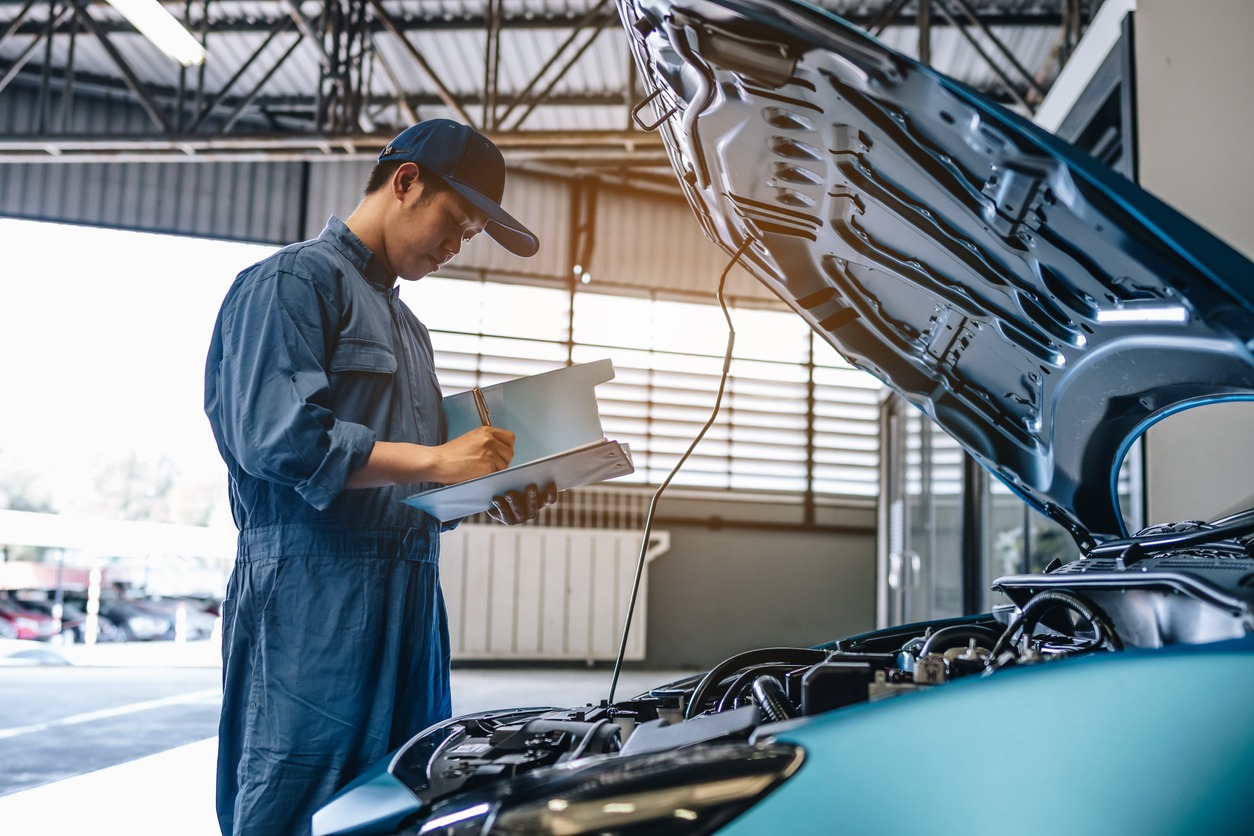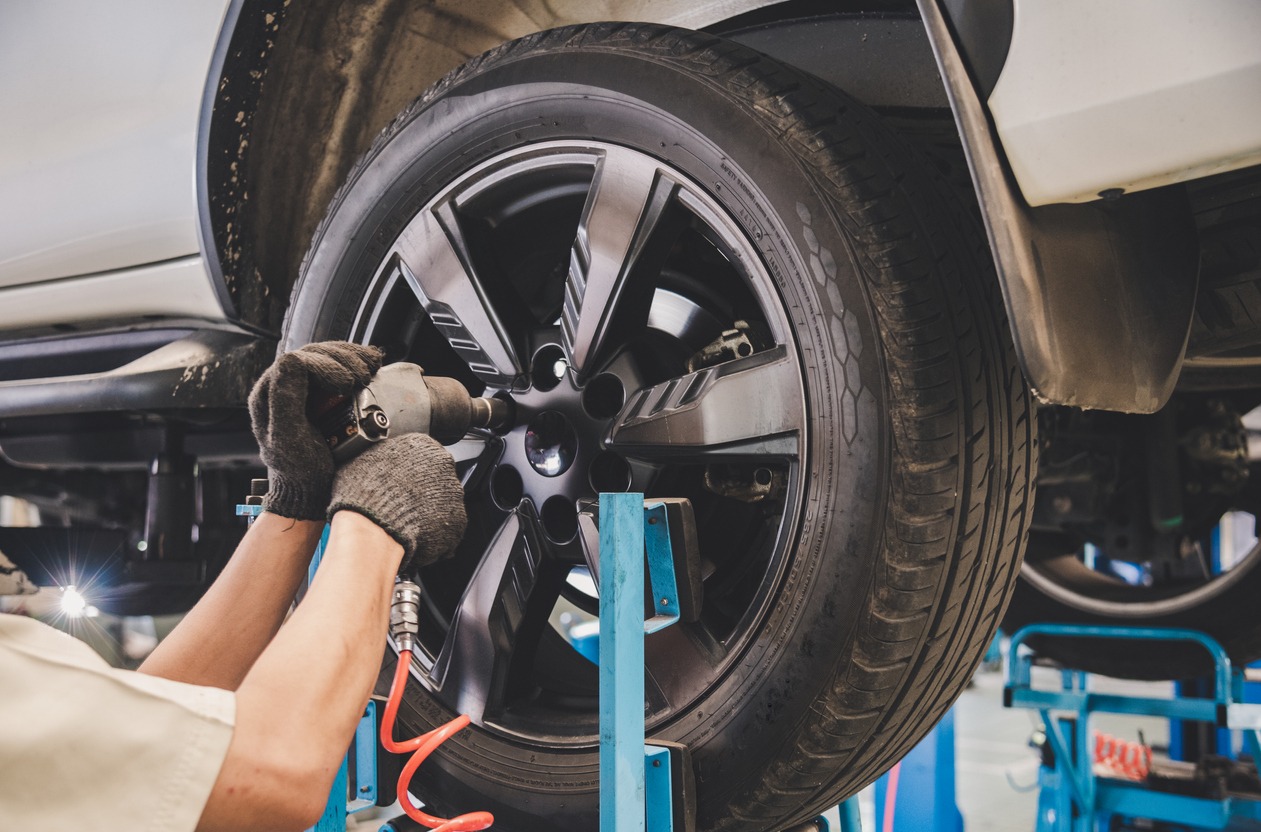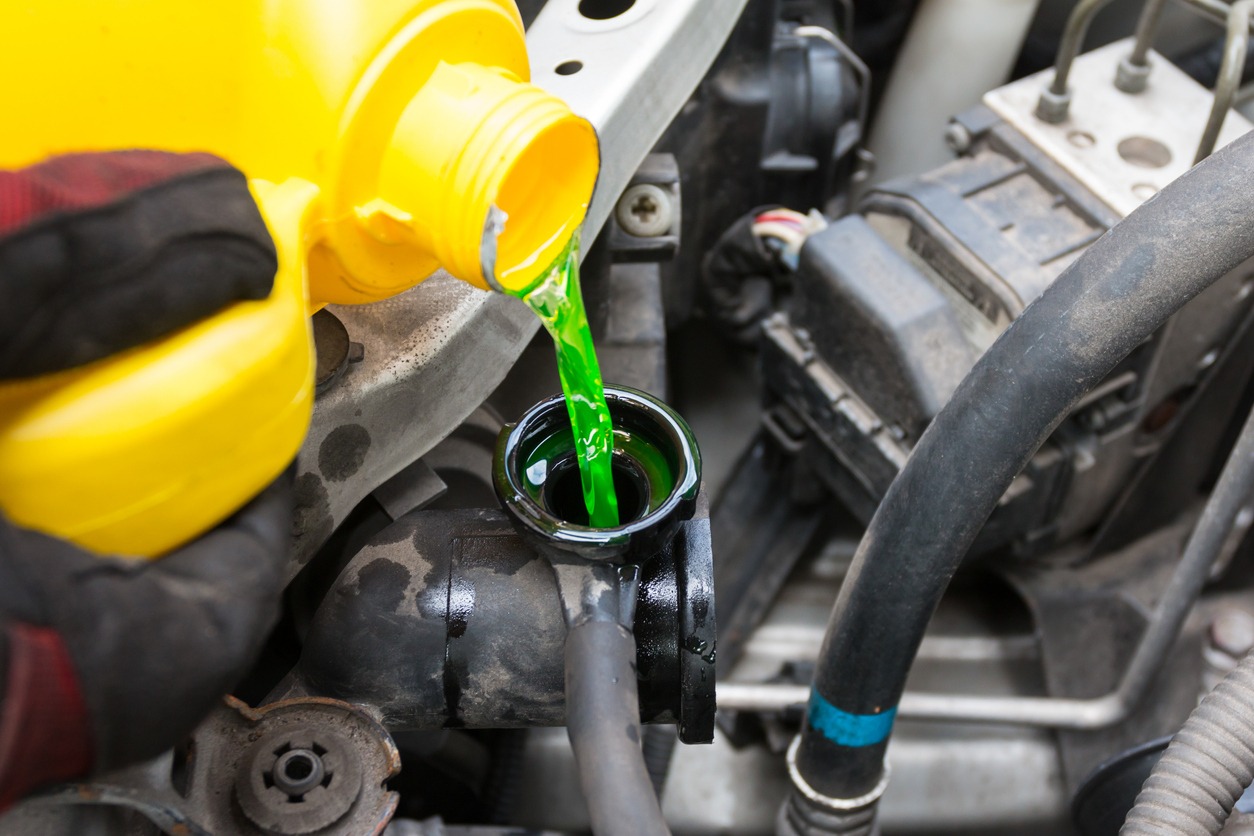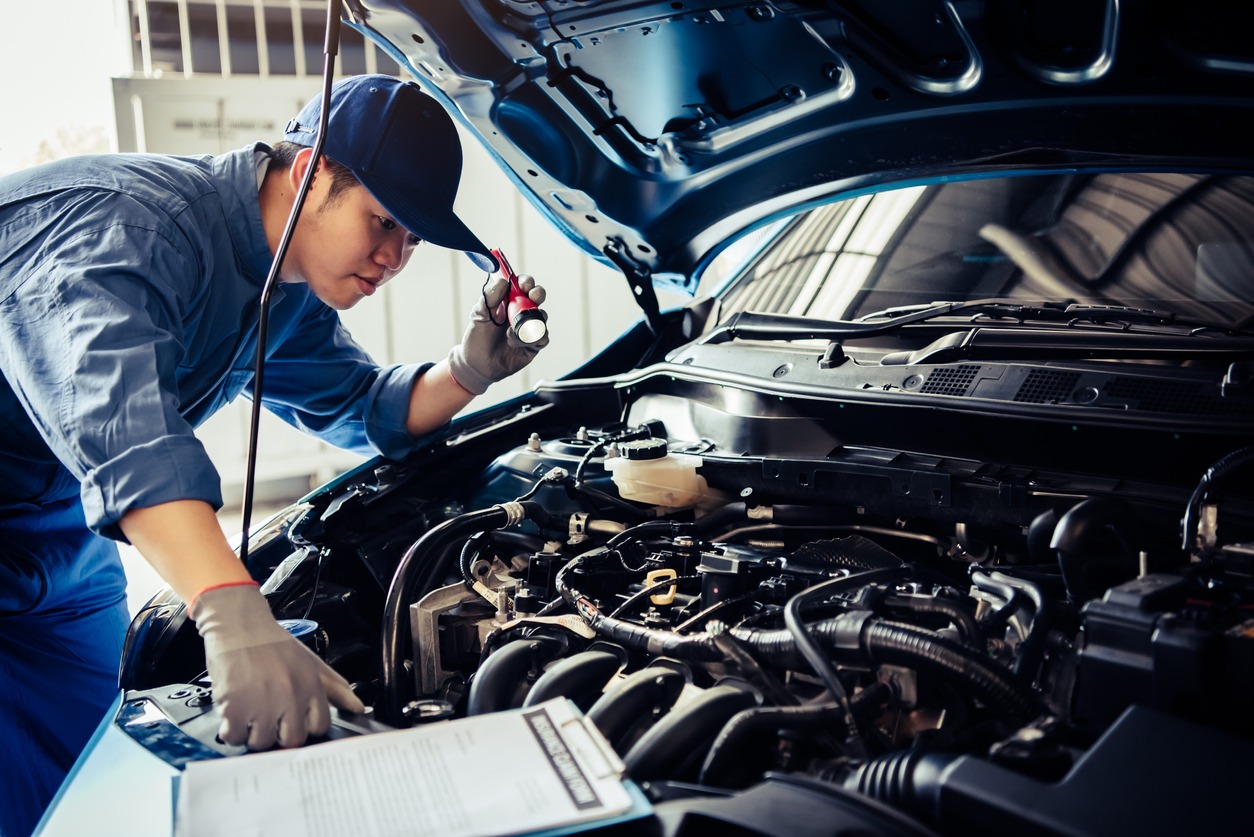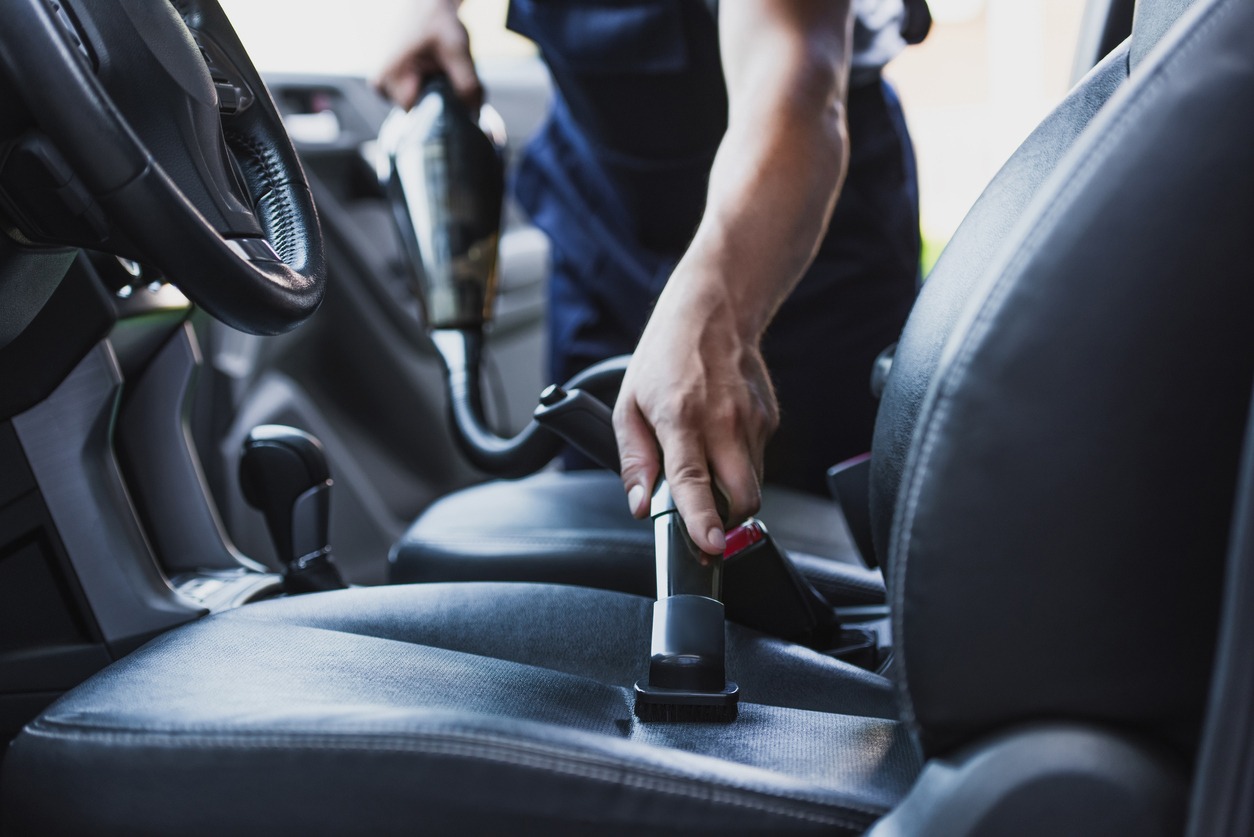There are indeed a lot of things to consider and think about when it comes to planning a road trip. These include choosing destinations, booking hotels, and planning activities that can easily overwhelm even the most organized person. But with the right planning, the results of the road trip can be epic. However, aside from these things, there is one important factor that you should not forget when it comes to road trips, which is preparing the car or vehicle.
Even if your travel itinerary is very detailed, it won’t save a vehicle from a lack of routine maintenance. Therefore, it is important to ensure that your car is prepared and conditioned for a road trip. This will help you experience a smooth and hassle-free road trip, and prevent you from being stranded miles outside the middle of nowhere.
Ideally, it is important to regularly provide maintenance to your car, but it is particularly essential before a long road trip, especially in the heat of summer and when going to unfamiliar destinations off the beaten path. Therefore, no matter where you are going, you should not forget to prepare your car that will get you there and back. That’s why in this article, we are going to give you some of the best tips that you can follow when it comes to preparing your car for a road trip.
Check the Tires
Tires are the only part of your car that is in direct contact with the road. Therefore, you need to take extra care to make sure they are correctly inflated, display even treadwear, are free from any defects, and are of the right size. Below are more important considerations that you need to know about when it comes to tire maintenance:
Air Pressure
It is important to check the tire pressure at least every 1000 miles. If your car is heavily loaded, towing a trailer, or kept on the road for extended periods of travel, the tires need, at a minimum, to be checked visually at every stop. Therefore, it is a good idea that you keep an air pressure gauge in the glove box of your vehicle. If you are unsure of the specific air pressure needed by your tires, you can find it on a small label attached to the inside of the driver’s door jamb.
Tire Rotation
There are different drive-wheel configurations for different vehicles, including front-wheel drive, rear-wheel drive, all-wheel drive, and four-wheel drive. The wheels that receive power wear tires faster compared to non-drive-wheel tires. This is true, particularly for performance vehicles, where wheel spin and hard cornering are part of the norm.
Additionally, the uneven wear of the front tires may be encouraged by old or faulty steering components. Tire rotation promotes even wear by moving the tires from front to back or side to side. Every 5,000 to 8,000 miles, or sooner if uneven wear is noticed, this service should be carried out. Tire rotation is frequently included in the cost of oil change promotions at establishments.
Tire Condition
To make sure that the tire’s structural integrity is not jeopardized, professionals should examine bulges, gouges, and other visibly discernible damage. A tire can sustain damage from even a little pothole or curb contact. Visual indicators that a checkup is necessary include uneven tread wear and strange wear patterns on other portions of the tire.
Check Car Fluids
Fluids are the lifeblood of any vehicle or car. Modern vehicles use different specialized fluids that are important to the car’s operation and longevity. In order to determine what needs attention, think about how far you’ve traveled since your previous service and how far you intend to travel on your vacation. The service intervals for your car’s six important fluids often depend on distance. If you’re going to reach a service milestone in the middle of your journey, you should take care of the task before the road trip. Below are the different car fluids you need to check before your road trip:
Engine Oil
You don’t really have to be a car expert to know that engine oil is important as it lubricates moving components like crankshaft, pistons, and camshaft so they can move without too much friction. The suggested period for oil changes was once every 3,000 to 5,000 miles, but since then, both the technology in your oil and under the hood have advanced. Now, many automakers advise oil changes every 7,500 to 10,000 miles.
Before establishing a regular schedule for oil changes, double-check your manual. Utilize the dipstick to verify the condition and fill level of the oil if you have had an oil change within the prescribed time limit. Get it checked out as soon as possible if it’s black, grit, or below the minimum fill line.
Radiator Fluid
The radiator reduces the amount of heat produced by engines. Coolant or antifreeze are other names for radiator fluid, which helps to remove heat from the engine and distribute it through the radiator. Check your coolant and top it off if necessary because a low coolant level will probably lead to overheating. A flush of the system should be performed at least every 40,000 to 50,000 miles.
Brake Fluid
When you press down on the brake pedal, fluid compresses within the brake lines, forcing the brake pads to clamp onto the rotors and slowing your automobile. If the pedal ever feels spongy or has excess travel, there can be air bubbles in the lines or contamination in the fluid. You’ll need to bleed the air bubbles out of the lines if your pedal is mushy. Otherwise, make sure you flush the system with fresh fluid every 24,000 miles and fill off the brake fluid as needed.
Power Steering Fluid
Power steering is used in modern cars to make it easy to move the wheel at any speed, however, this fluid can get polluted and reduce the responsiveness of your steering. Every time you replace the oil in your automobile, it’s a good idea to check the fluid level and condition. Regardless, you should replace your power steering fluid every 50,000 miles.
Transmission Fluid
Few things can impair a drive as much as jerky shifting. When transmission fluid fails, painful shifts may occur because it helps the gears mesh smoothly. Thankfully, transmission fluid has a lengthy lifespan.
In fact, some cars are even sold with supposedly “lifetime” transmission fluid. The suggested service interval for your particular vehicle might range from 30,000 miles to more than 100,000 miles, so see your owner’s handbook for details. Even if you have that “lifetime” fluid, it’s generally a good idea to replace the fluid at 60,000 miles. Transmission fluid that is more than 100,000 miles old is more prone to cause issues.
Windshield Fluid
Nothing on the exterior of your automobile needs to be kept cleaner than the windshield because long drives can make it dirty. You need to be able to see where you’re going, after all. The process of adding windshield washer fluid is very simple: simply purchase a jug of fluid from any gas station, then when your reservoir runs low, use a funnel to fill it up.
Keep Up with the General Maintenance of Your Car
Cars have a lot of components that you need to maintain for them to stay in good working condition. Therefore, you need to make sure that these parts are all working well before your road trip. Below are the other important part of your car that you need to check before a long road trip:
Air Filters
Most cars have two different kinds of air filters. The cabin air filter cleans the incoming air before it enters the passenger area, while the engine air filter ensures that the engine receives air that is free of particles. The car’s air filters must be replaced on a regular basis for the vehicle to operate as intended and for the occupants to breathe comfortably. The manufacturer’s recommendations should be followed while replacing the cabin and engine air filters. If not, a decent rule of thumb is every 10,000 to 15,000 miles.
Brake Pads
The friction required to slow down and stop your car is provided by brake pads. With continued use, they deteriorate until they are too frail to function properly. The annoying screaming or squealing sounds they create when there isn’t enough pad material left usually make it clear when this occurs. The noise should be resolved by changing the brake pads, but more importantly, doing so will make your travel safer. Your brake pads may last from 25,000 to 70,000 miles, depending on their material and method of use.
Belts and Hoses
Average cars or vehicles no longer rely on three, four, or more individual belts to power all the accessories. Even though there are exceptions, most manufacturers today use a single ribbed serpentine belt to drive the alternator, air conditioning compression, water pump, and other accessories whenever possible. Even so, the belts deteriorate, and any fractures or fraying can be seen with a fast visual inspection. While you’re at it, take a quick look at the hoses and note any cracking or leaks at the junctions.
Light Bulbs
A burnt-out headlight, taillight, or blinker makes it simple to be stopped while driving. Turn on your automobile, put it in park, turn on the headlights, and walk around the vehicle to check that all of the bulbs are in good operating order. For the left and right turn signals, repeat the procedure. Hold the brake pedal down with a block while the car is still in park so you can inspect your brake lights.
Clean Your Car Before the Trip
If you are going on a long road trip, it means that you are going to be stuck in one car for a long period. Therefore, you need to make sure that it is pleasant to be in the car throughout the whole journey.
Nothing is worse than going on a road trip in a grimy, smelly car. Therefore, cleaning the interior of the car should not be forgotten before you set off. Focus on anything you always come into contact with, such as floor mats, seats, dashboard controls, and storage areas. In addition to that, you also need to make sure that the trunk of your car is clean so it won’t damage your luggage or any souvenirs you buy along the way. After cleaning the interior of your car, don’t forget to also give the exterior a good wash before your road trip. Note that bugs and bird poop are notorious for eating paint, and you will be encountering a lot of those on the open road.
In addition to cleaning your car, organizing your things inside the car is also essential. This way, you can avoid feeling frustrated on a long trip when you can’t find what you need as it is buried in a disorganized mess. Make sure that the storage areas of your car, such as the cupholders, are in good working condition. Don’t forget to pack all essential cords and power adapters and figure out where they should be routed so you don’t lose them between the front seats and the center console.
It is also a good idea to designate a specific bin or bag for trash. This way, the inside of your car will stay clean and all of you on the road trip will be calm and comfortable.
Conclusion
Preparing your car before a road trip is very important to ensure a smooth and hassle-free journey. You need to make sure that your vehicle is working well and is capable of being used for long drives. There are surely a lot of things that should be checked in a car to make sure that it is safe and conditioned to be used for a road trip. But taking time to do so is essential to avoid breakdowns and other issues while on the road, keeping you safe throughout the road trip.
Car care and maintenance can be a daunting task for some, but it is not nearly as bad as having a fun adventure ruined by a preventable problem. Keep in mind that cars work really hard on a road trip. Therefore, provide it what it needs to keep running without any issues. We hope this article helped you learn more about how to prepare your car for a road trip.

